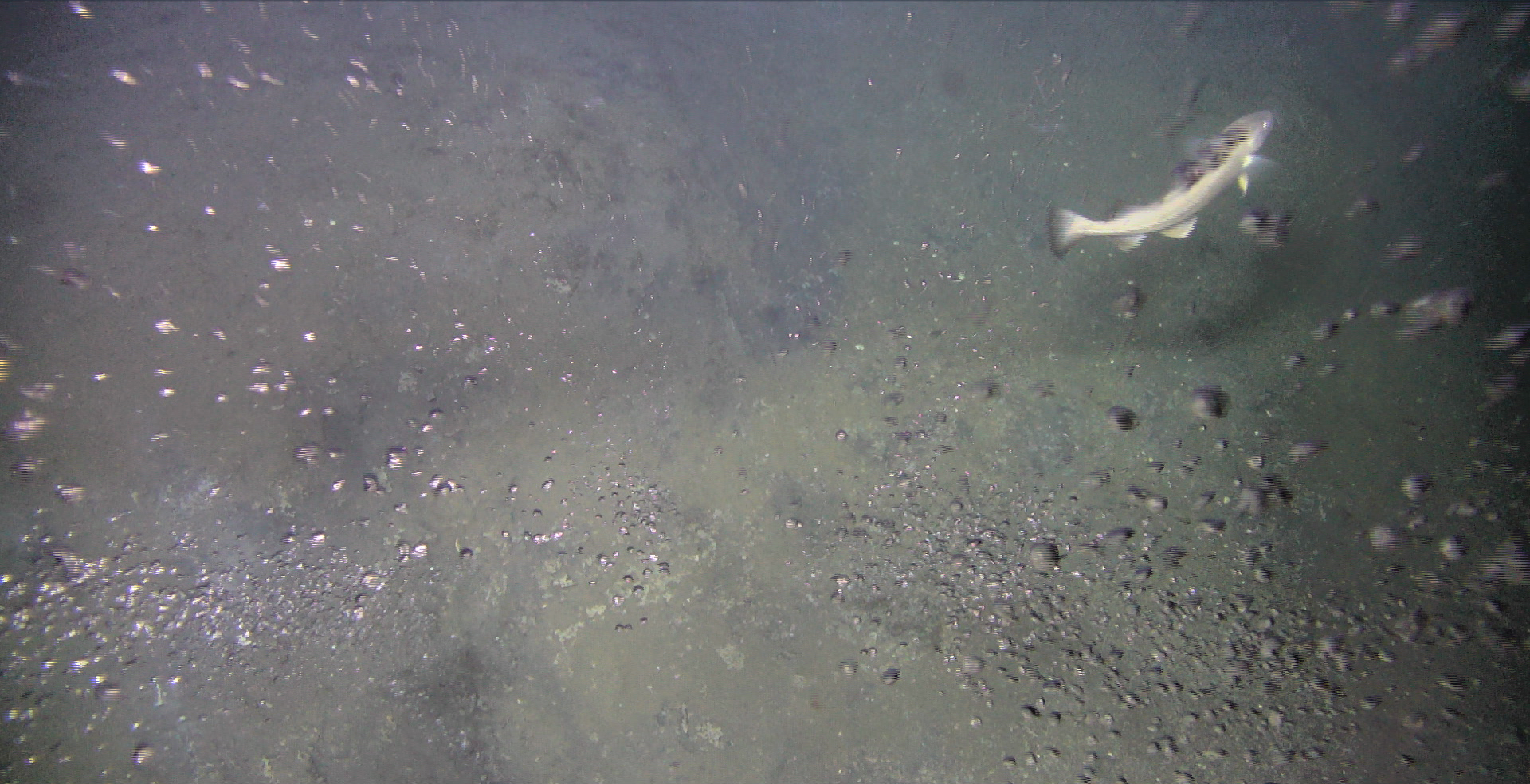Vitenskapelig artikkel om naturlige olje- og gasslekkasjer på norsk sokkel

På havbunnen sør for Svalbard er det observert en rekke naturlige lekkasjer av gass – hovedsakelig metan. Foto: CAGE.
07.06.2023 Dataene som presenteres i en ny vitenskapelig artikkel dokumenterer et av de største gassutsivingsområdene i Arktis.
Også naturlig oljeutsiving i Barentshavet dokumenteres.
Artikkelen Widespread natural methane and oil leakage from sub-marine Arctic reservoirs er den første vitenskapelige artikkelen fra samarbeidet OD har hatt med CAGE (Center for arctic gas hydrate, environment and climate) og Universitetet i Tromsø. Den ble først publisert i den anerkjente journalen Nature Communications.
Rune Mattingsdal, som er geolog i OD, er en av forfatterne bak den vitenskapelige artikkelen:
«Artikkelen argumenterer for at Barentshavet kan være en av de mest aktive «hotspots» globalt for naturlig utsiving av metangass under vann».
Sammendrag av artikkelen (abstract):
Parceling the anthropogenic and natural (geological) sources of fossil methane in the atmosphere remains problematic due to a lack of distinctive chemical markers for their discrimination. In this light, understanding the distribution and contribution of potential geological methane sources is important.
Here we present empirical observations of hitherto undocumented, widespread and extensive methane and oil release from geological reservoirs to the Arctic Ocean. Methane fluxes from >7000 seeps significantly deplete in seawater, but nevertheless reach the sea surface and may transfer to the air.
Oil slick emission spots and gas ebullition are persistent across multi-year observations and correlate to formerly glaciated geological structures, which have experienced km-scale glacial erosion that has left hydrocarbon reservoirs partially uncapped since the last deglaciation ~15,000 years ago.
Such persistent, geologically controlled, natural hydrocarbon release may be characteristic of formerly glaciated hydrocarbon-bearing basins which are common across polar continental shelves, and could represent an underestimated source of natural fossil methane within the global carbon cycle.
Les flere forskningsartikler og rapporter her.
Oppdatert: 07.06.2023